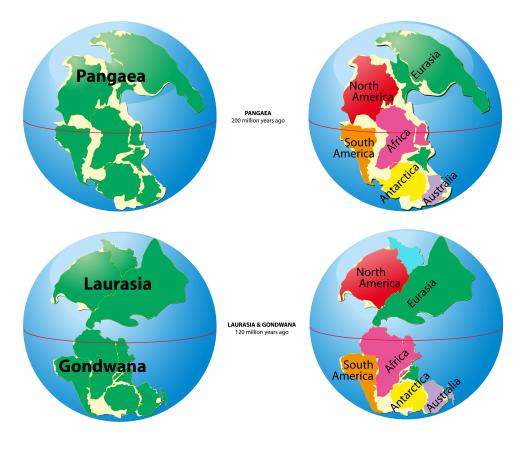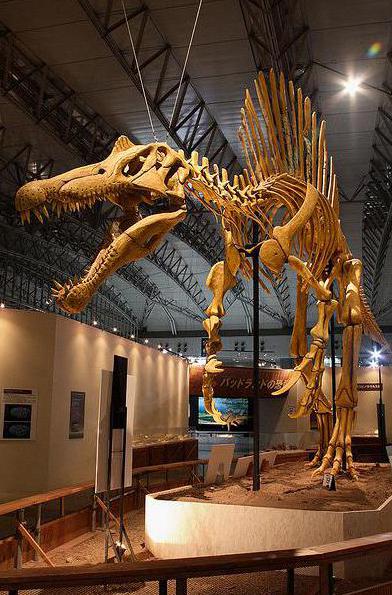What Was the Jurassic Period?
 Michael Anissimov
Michael Anissimov
The Jurassic period was a geologic period in the middle of the Mesozoic. It extends from about 200 million years ago to 145 million years ago. During the Jurassic period, the dinosaurs continued their dominance of the land, while marine reptiles such as ichthyosaurs, plesiosaurs and marine crocodiles occupied the sea.
The Jurassic period is one of the periods of life on Earth most familiar to the average person, because it has been extensively romanticized since the initial discovery of dinosaur fossils in the early nineteenth century. The entire Mesozoic is referred to as the "Age of the Dinosaurs", just as the more recent Cenozoic is called the "Age of Mammals."

The sauropods were the dominant reptiles on land, including Camarasaurus, Diplodocus, Brachiosaurus, and numerous others. The largest sauropods were the largest terrestrial animals ever to exist. Experts in biomechanics think the largest sauropods approached the theoretical size limits that a land animal could be and still support its own massive weight. Some of these animals were so big, they had brains in their tails, because their nerve impulses could not travel fast enough to the far reaches of their enormous bodies!

The first birds evolved during the late Jurassic period, and one of the most famous fossils of Archaeopteryx dates to 150 million years ago. The fringes of Pangaea were covered in huge evergreen forests with conifers as tall as those in the greatest modern forests.
Rather than being filled with birds, the sky was occupied by the flying reptile pterosaurs, which were the first vertebrates to evolve flight. Although sometimes erroneously referred to as "dinosaurs," the term dinosaur refers specifically to the superorder Dinosauria, consisting only of land reptiles with a unique upright stance. The sea was occupied by ichthyosaurs, plesiosaurs, and mosasaurs, as it had been since shortly after the Permian-Triassic extinction.
During the Jurassic period, the world got progressively warmer and wetter, allowing for more forests on the continent Pangaea. Pangaea began to spread apart slightly. The greater proximity of increasing amounts of land to water modulated temperature extremes, making possible ecological stability and the growth of huge, lush forests.
AS FEATURED ON:
AS FEATURED ON:












Discuss this Article
Post your comments